Shimogamo Jinja Hojoan by Kengo Kuma and Associates
Japanese architect Kengo Kuma built this temporary hut using cedar, ETFE plastic and magnets to pay tribute to a humble dwelling chronicled by Japanese author Kamono Chomei over 800 years ago (+ slideshow).
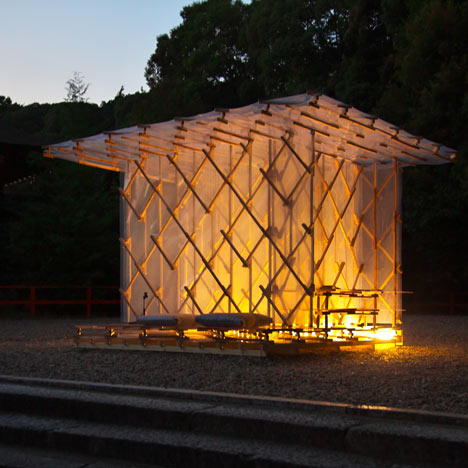
In his seminal book Hōjōki, or "An Account of My Hut", Chomei outlines his experiences living alone in a three-by-three-metre hut that has since become synonymous with the history of Japanese dwellings in the twelfth and thirteenth centuries.
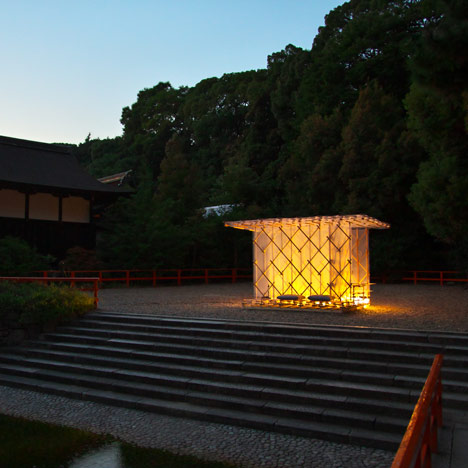
Kengo Kuma and Associates wanted to create a modern interpretation of the hut using contemporary materials and construction techniques.
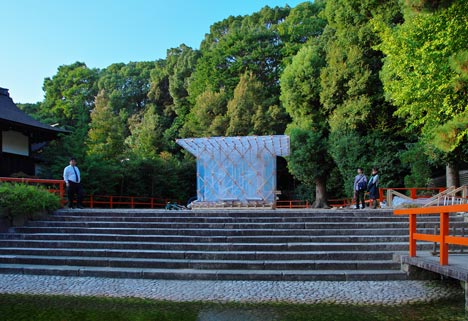
"Kamono Chomei built Hojo-an as a movable house at the time of the turbulent medieval age in Japan," explain the architects. "To emphasize his idea of 'mobility' we made a combination of ETFE sheets that can be rolled up and portable."
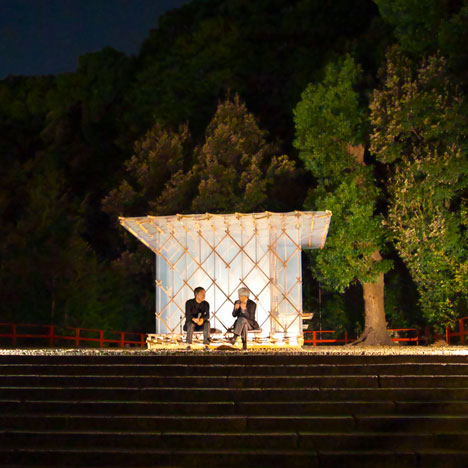
Magnets are fixed onto a latticed framework of cedar beams and hold the plastic sheets in a sandwich structure. "The three soft sheets are combined to a single unit, and grow into a hard box," added the architects.
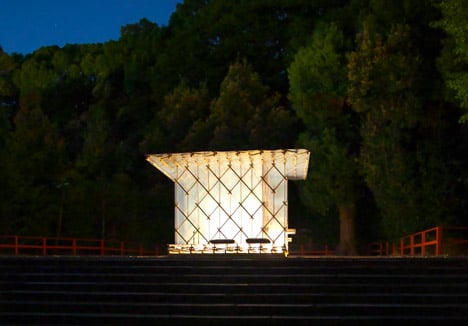
The hut was constructed at Kyoto's Shigamo Shrine, where Chomei's home is said to have stood, and it remained in place until December.
Other recent projects by Kengo Kuma include the Asakusa Culture Tourist Information Center in Tokyo and a pharmacy and clinic with plants growing on its facade. See more stories about Kengo Kuma and Associates.
Photography is by Rei Niwa.